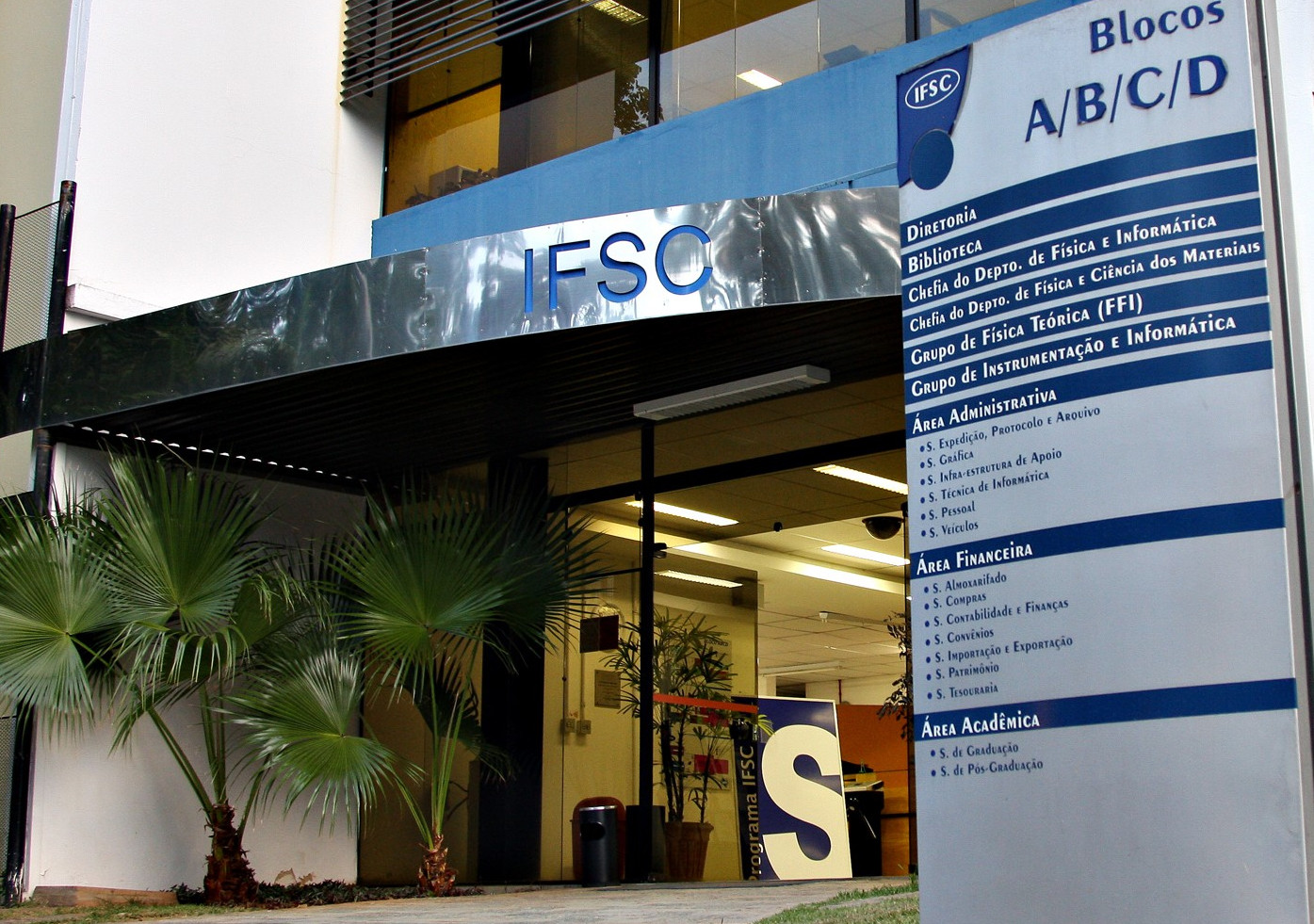III-V nanowires support optical resonant modes such that nanowires act as very  effective waveguides that concentrate and absorb light over a length of only a few microns, enabling very efficient photodetectors and solar cells with relatively little material.
effective waveguides that concentrate and absorb light over a length of only a few microns, enabling very efficient photodetectors and solar cells with relatively little material.
It is also of great interest to develop multi-spectral or wavelength discriminating infrared detectors or cameras for advanced infrared imaging systems with enhanced target discrimination and identification, providing improved discrimination of absolute temperature as well as unique signatures of objects.
The resonant absorption in nanowires shows wavelength selectivity that can be tuned continuously across the visible and infrared wavelengths by adjusting the nanowire diameter. This principle can be used as a new concept for multi-spectral imaging.
Lattice-mismatched III-V nanowires can also be grown directly on Si substrates enabling integration with existing Si CCD sensors, CMOS sensors, or Si solar cell technology. These capabilities enable large-area, low cost infrared sensors with multi-spectral capability integrated into existing Si technology, and enhancement of Si solar cell efficiency.
The theory and preliminary experimental results for III-V nanowires and their potential in wavelength tunable infrared cameras and solar cells will be presented.
(Transmissão via iptv.usp.br)




